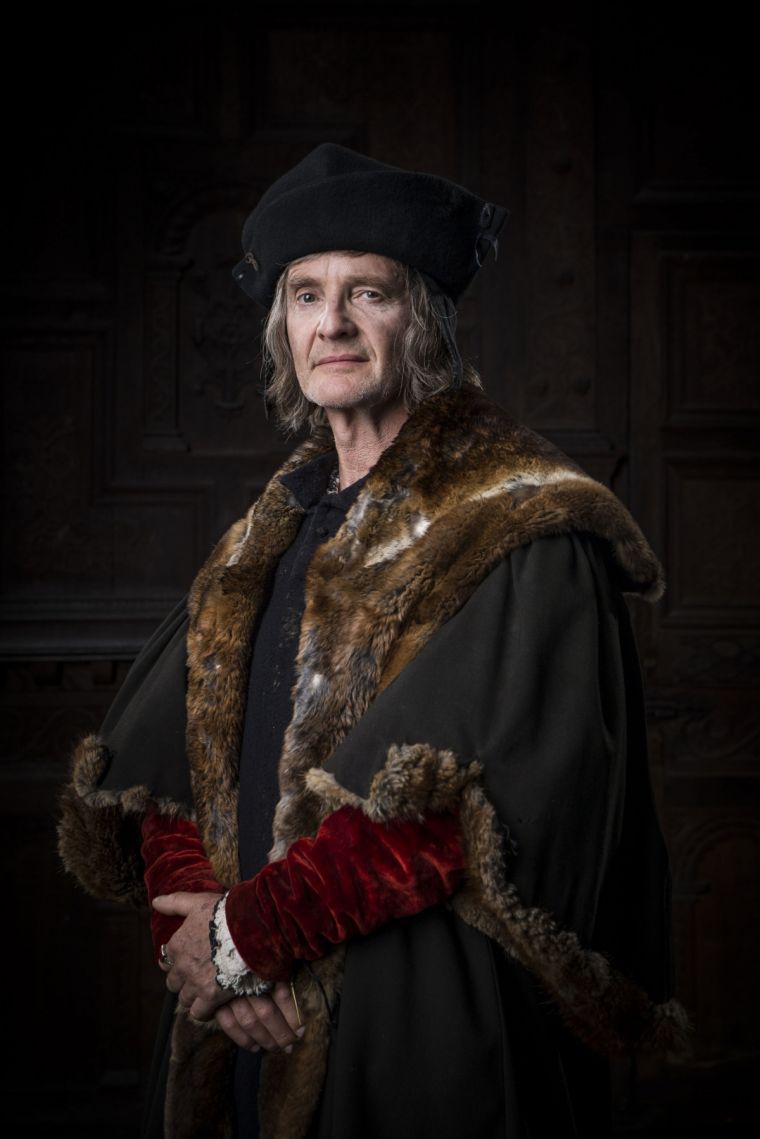Thomas More: Torturer Or Saint?
Thomas More, born on this day, has developed into one of the most controversial figures in Reformation history.
Traditionally seen as a man of principle and integrity – a "saint for our time" even – he has recently been recast as a ruthless schemer and bloodthirsty die hard.
Born on 7 February 1478, More was once Henry VIII's most trusted adviser and confidant. He became speaker in the House of Commons and later Lord Chancellor. But within six years of his appointment, the Catholic scholar went from top diplomat to being executed for treason.
Here are five facts you didn't know about Thomas More:

1. He qualified as a lawyer
After spending time under the Archbishop of Canterbury, John Morton, More studied at Oxford and became a lawyer. He served under-sheriff of London before entering the King's company and becoming one of most trusted civil servants.
2. A Catholic scholar, he wrote diatribes against Martin Luther
Entering the King's service in 1517 – the same year Luther is thought to have pinned his 95 theses to the cathedral door in Wittenburg – More became a fierce opponent of the German monk. As a close friend of the radical Catholic thinker Erasmus, he wrote polemics against Luther and the Protestant reformation as a whole.
3. Man of principle?
More strongly opposed Henry VIII's attempts at divorce from Catherine of Aragon in his desperate hunt for a son.
So when Henry declared himself "supreme head of the Church in England", establishing the Anglican church and splitting from Rome, More quit as chancellor.
Despite the evident risks he continued to oppose the split and was eventually arrested in 1534 for refusing to sign an oath of supremacy to Henry. He was tried for treason and executed on Tower Hill on 6 July 1535.
4. Or Torturer?
As part of his vociferous campaign against anything he saw as heretical, several contemporary and modern historians claimed he tortured victims with erroneous theology.
The popular anti-Catholic polemicist John Foxe published the claims at the time but More denied them vehemently.
That has not prevented current historians like David Starkey holding that More "believed in the idea of enforcing ideas on others by persecution and execution".
5. Immediately canonised
In a sign of the tension between Rome and London, Pope Pius XI canonised More within months of his death in 1935 as a martyr.
Hundreds of years later in 1980 the Church of England chose to remember More in its liturgy as a Reformation martyr.











